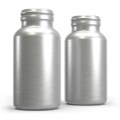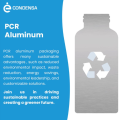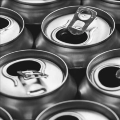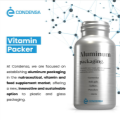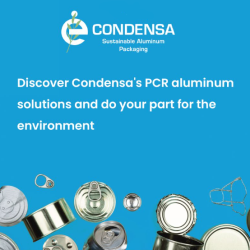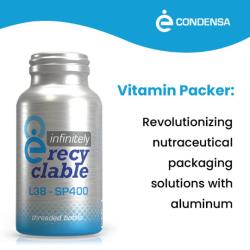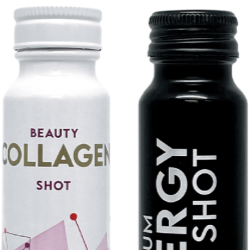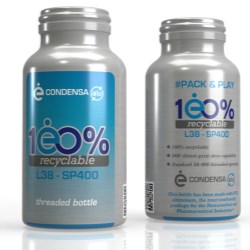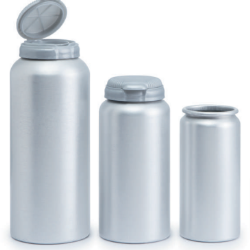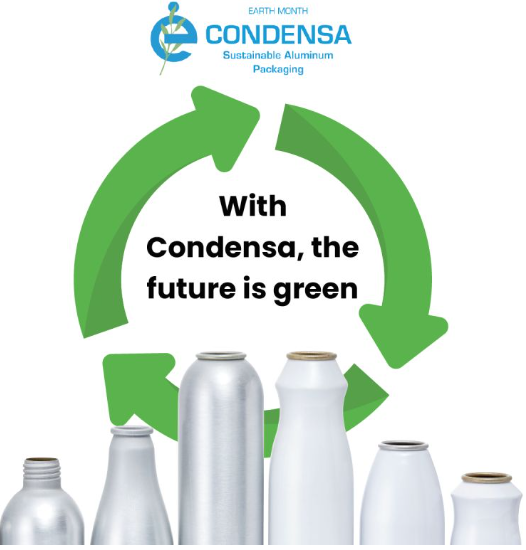

Condensa is committed to sustainability and environmental protection. Explore in depth why aluminum is the more sustainable choice for packaging compared to plastic. Annual global aluminum production reaches approximately 65 million metric tons, while plastic production exceeds 368 million metric tons. This indicates that plastic production is almost six times higher than that of aluminum. However, despite this difference in volume, it is important to consider the overall environmental impact of each material.
Aluminum has an impressive recycling rate, with about 75% of the aluminum produced worldwide being effectively recycled. In comparison, only about 9% of the plastic produced is recycled. These figures highlight the effectiveness of the aluminum recycling process and the need to improve plastic recycling systems to reduce their environmental impact.
Conventional plastic is derived from non-renewable resources and contributes to environmental pollution. In contrast, PCR plastic uses recycled material, reducing dependence on non-renewable resources and reducing the amount of plastic waste. Currently, it is estimated that the use of PCR plastic can reduce carbon emissions by up to 50% compared to conventional plastic.
Condensa firmly believes that aluminum is the most responsible choice for packaging, and the company is committed to leading the way to a more sustainable future. With a significantly higher recycling rate and lower environmental impact than plastic, aluminum is the most sustainable choice for product packaging. By opting for aluminum packaging, we are not only taking action to protect our planet, but we are also encouraging a shift towards more responsible consumption practices. Join Condensa on this journey towards sustainability and make a difference with every choice you make.


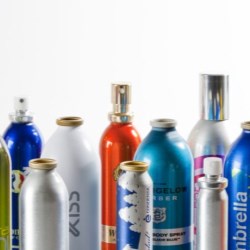




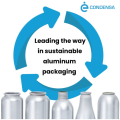
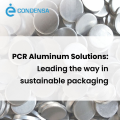




.png)






